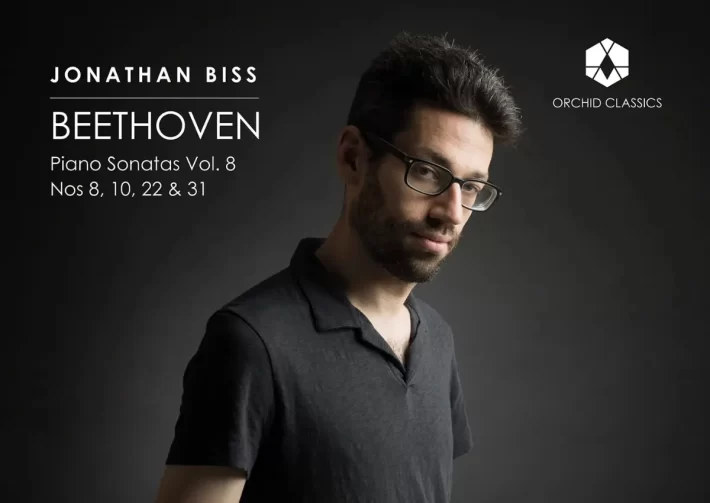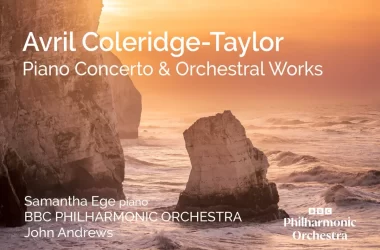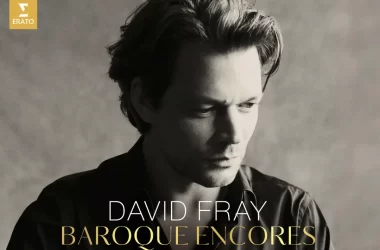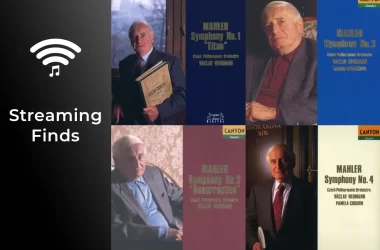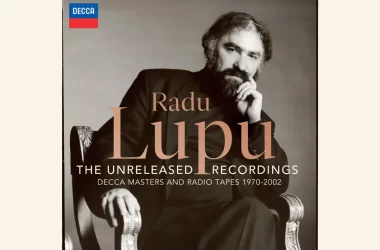This is the eighth installment of Jonathan Biss’ journey through the complete Piano Sonata by Beethoven. The pianist has changed labels and distribution channels over this cycle, but the journey continues nonetheless, with each volume proves another thought-provoking experience.
Biss has already recorded the Op. 13 Sonata, known as the “Pathétique”, for a superb Beethoven Piano Sonatas album for the then EMI label (today under “Warner classics”). His interpretation had changed very little, if at all, with the heavy Grave which opens the piece sufficiently weighty without sounding too rooted (this is also achieved because of Biss’ choice to play the dotted notes closer to the notes following them, a constant argument among musicologists).
The slow movement is still relatively fast, effectively conveying true singing qualities and human warmth. The third movement is dramatic yet never too severe. All in all, a nice, balanced account of this often recorded sonata.
The charming, Tenth Sonata Op. 14 / 2 is another jam, yet not all listeners will be convinced by Biss’ decision to accelerate with the second subject appearance, rushing a bit when playing the thirds in the right hand. This is a decision two Beethoven greats also incorporated into their interpretation – Richard Good and Arthur Schnabel. With Schnabel, it was all the same dubiousness; With Goode, it was a little more subtle. But in the slow movement, Biss manages to be amusing without falling into the grotesque (the last chord seems to hit you by surprise every time), and the finale is charmingly playful.
The Sonata Op. 54, unfortunately placed between the famous “Waldstein”, the performance of which was one of the high points of this cycle (Vol. 3), and the “Appassionata”. A tough piece to pull off, it was a sour point of many distinguished cycles. Biss gives a commanding account in terms of technical abilities and his tone control, yet other performances have managed to entangle this sonata more convincingly – Andras Schiff showed one can play a harsh, almost ugly sound and get away with it if it serves the character of the music, as well as that a real, slowish “Allegretto” can work in reality.
Biss’ first movement, “In tempo d’un menuetto”, is more march-like, and the fast, second theme is more softly accented than the sharp fury one hears from recent accounts as Jean-Efflam Bavouzet’s. The second and final movement sounds a bit rushed, even if the quiet clarity and dexterity of Biss’ fingerwork will surely impress many listeners. The overall quality of performance is nice and cohesive, though, an interpretation to be approached with an opened mind perhaps.

As in the previous volumes, the late sonata (in this case, Op. 110) is the highlight of the album. A performance full of wisdom, deep calmness and profound understanding of this piece’s structure and overall hidden psychology. Listen to the pregnant stops in the first movement or to the two German songs hidden in the second movement, so lovingly treated with a subtle smile rather with ponderous attacks, as heard in François-Frédéric Guy’s otherwise fascinating cycle.
In the slow movement, Biss is at his absolute best, giving a moving performance of the “Klagender Gesang” (Track 11, 1:45), and to the difficult transition to the fugue that finishes this marvelous sonata. This is an Op. 110 for the books.
Comparisons are countless, but one has to mention just a few of digital full cycles from the past two decades; Paul Lewis (Harmonia Mundi) is at his best in the middle-period sonatas, yet a bit heavy-handed in the early sonatas compared to Biss impressive Op. 13 and charming Op. 14. Bavouzet’s much-praised cycle for Chandos is more direct, sharp to the point of edginess. To some it will sound refreshing, to others mechanical and somewhat dry.
François-Frédéric Guy’s live cycle is often overlooked, and contains some treasurable performances, yet suffers from an uneven recording quality. Richard Goode’s mid-1990’s cycle is perhaps the most reminiscent of the current cycle, more intimate, inward-looking than big-sound piano playing for a large audience. Biss cycle is turning out to be treasurable, and listening with or without the score being quite a revealing experience. Good, close and intimate yet full and resonant recording quality, as in previous issues. The ninth, final volume is expected to be released next year.
Album Details |
|
|---|---|
| Album name | Beethoven – Piano SOnatas, Vol. 8 |
| Label | Orchid Classics |
| Catalogue No. | ORC100125 |
| Artists | Jonathan Biss |
Included with an Apple Music subscription:
Available on Presto Music
Latest Classical Music Posts

